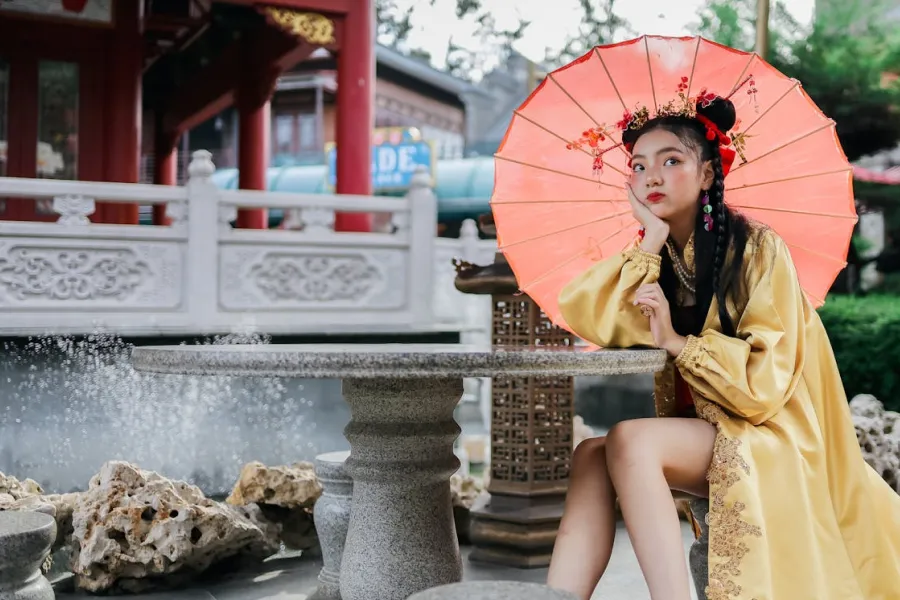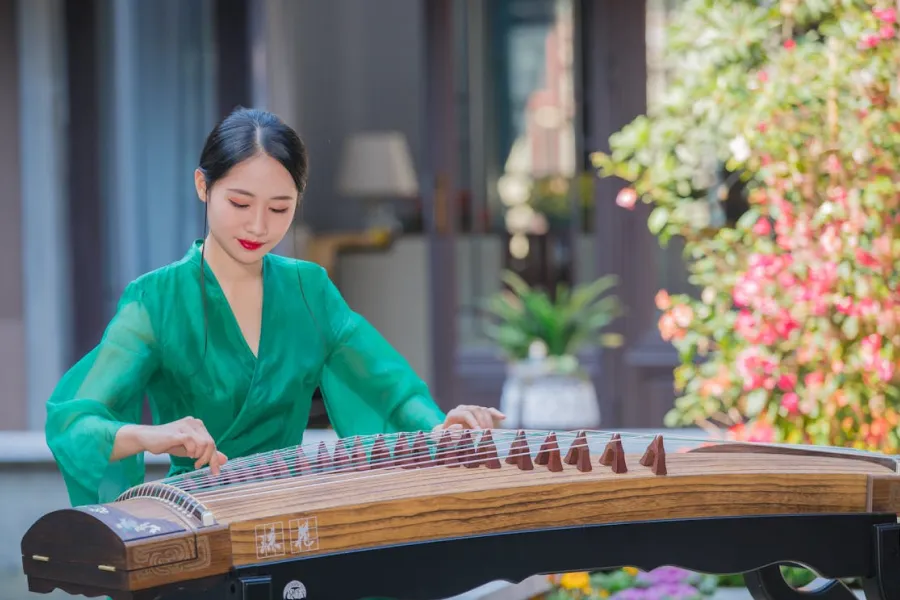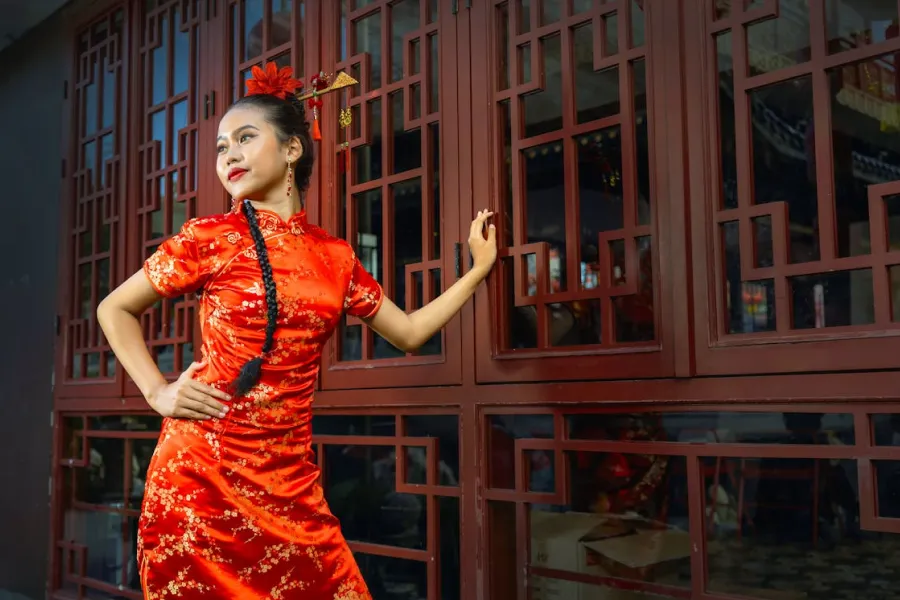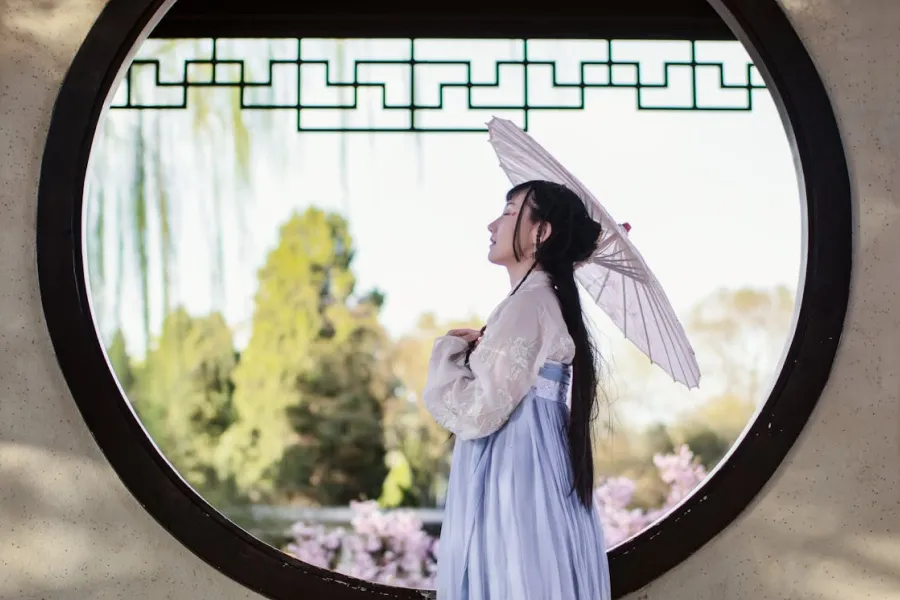
The Cultural History Of Chinese Aesthetics offers a fascinating journey through thousands of years of artistry, fashion, and beauty ideals. Rooted in philosophy, spiritual meaning, and daily life, it reflects how China’s cultural values evolved. From ancient Chinese art and beauty traditions to the subtle symbolism seen in today’s designs, this story reveals more than just surface beauty. It tells of identity, harmony, and transformation that have shaped generations of people and continue to influence global aesthetics today.

Centuries ago, Chinese beauty ideals were deeply tied to Confucian, Taoist, and Buddhist values. Harmony, balance, and moral character shaped how beauty was perceived. Symbolism in Chinese fashion and design carried meaning far beyond decoration. The phoenix, for instance, represented grace and virtue, while the lotus symbolized purity and renewal. Every color, pattern, and accessory carried a deeper message.
In ancient palaces, the choice of fabric and color was never random. Yellow, associated with the emperor, was reserved for royalty. Blue represented healing and immortality, often seen in temple murals and robes. This visual language added depth to clothing and art, making the Chinese aesthetic one of the most meaning-rich in the world.
Each dynasty shaped its own vision of beauty. The Tang Dynasty celebrated full figures, bright colors, and elaborate hair ornaments. Foreign trade along the Silk Road brought new fabrics, cosmetics, and jewelry styles. The Song Dynasty, in contrast, preferred modest elegance, soft colors, and refined minimalism.
Makeup also reflected these shifts. Historical Chinese makeup and hair styles ranged from Tang-era forehead flowers to Ming-era pale powdered faces with finely drawn brows. Hair evolved into tall, sculptural shapes adorned with jade, gold, and silk flowers.
The product Understanding Chinese Beauty Ideals Through Culture, History & Modern Change offers detailed illustrations and context for these transformations. It helps readers see how dynastic values shaped beauty’s meaning through politics, trade, and cultural exchange.
The Cultural History Of Chinese Aesthetics reveals that beauty was never just about appearance. It reflected social status, moral virtue, and even political stability. In times of peace, styles became more elaborate. In times of austerity, simplicity returned.
Cultural significance of beauty in China can be seen in festivals, weddings, and court ceremonies. Red silk dresses represented joy and fortune, while intricate embroidery carried blessings for prosperity or protection.
In the Understanding Chinese Beauty Ideals Through Culture, History & Modern Change guide, readers gain insight into these symbols and their evolution. It offers valuable perspective for anyone interested in fashion history, art, or cross-cultural appreciation.

Modern Chinese fashion blends historic elements with contemporary design. Cheongsams, once formal wear, now come in bold fabrics with modern cuts. Designers integrate embroidered dragons or phoenix motifs into high-fashion gowns. Traditional hairpins inspire accessories in global runway shows.
Cosmetics brands revive herbal formulas used for centuries. This appeals to consumers seeking products that combine beauty and wellness. Television dramas set in historical periods spark trends in hairstyles, makeup, and even jewelry.
These modern adaptations prove that the Cultural History Of Chinese Aesthetics continues to inspire creativity worldwide. It lives on not as a relic, but as an evolving art form.
Understanding beauty in Chinese history deepens cultural awareness and appreciation. It preserves artistic traditions while inspiring innovation. Designers, artists, and historians can all find valuable lessons in these practices.
The Understanding Chinese Beauty Ideals Through Culture, History & Modern Change resource explains not only how styles looked, but also why they mattered. It connects aesthetics to societal change, making it more than just a visual study — it’s a cultural lens.

Beauty in China has always been a language of values, identity, and belonging. The Cultural History Of Chinese Aesthetics remains relevant because it connects art to human experience. From silk embroidery to symbolic color palettes, it teaches that beauty is both personal and collective.
By engaging with these traditions through well-researched guides, modern creators can draw on a wealth of cultural wisdom while adding their own voice to the ongoing story.
Leave a comment